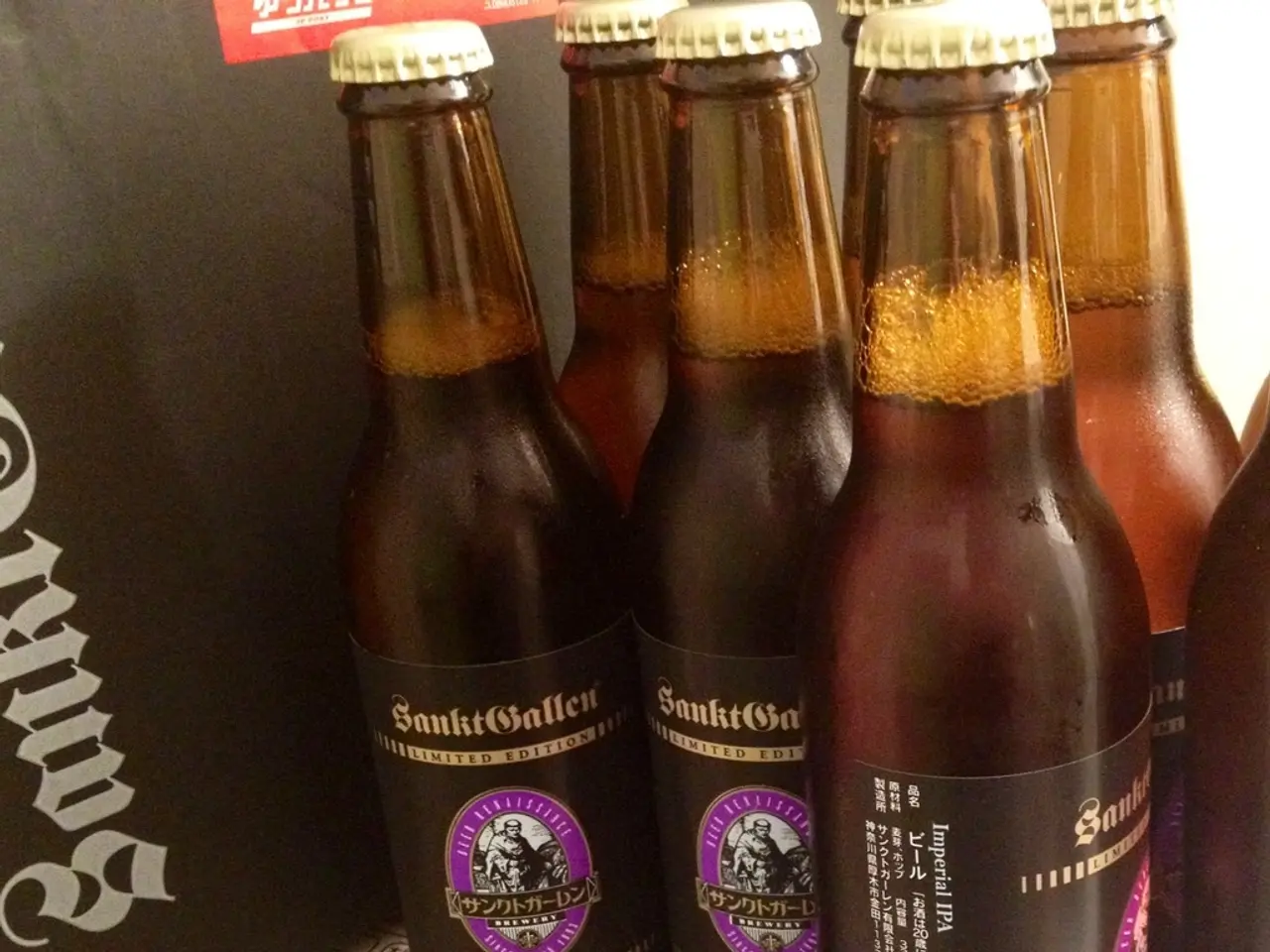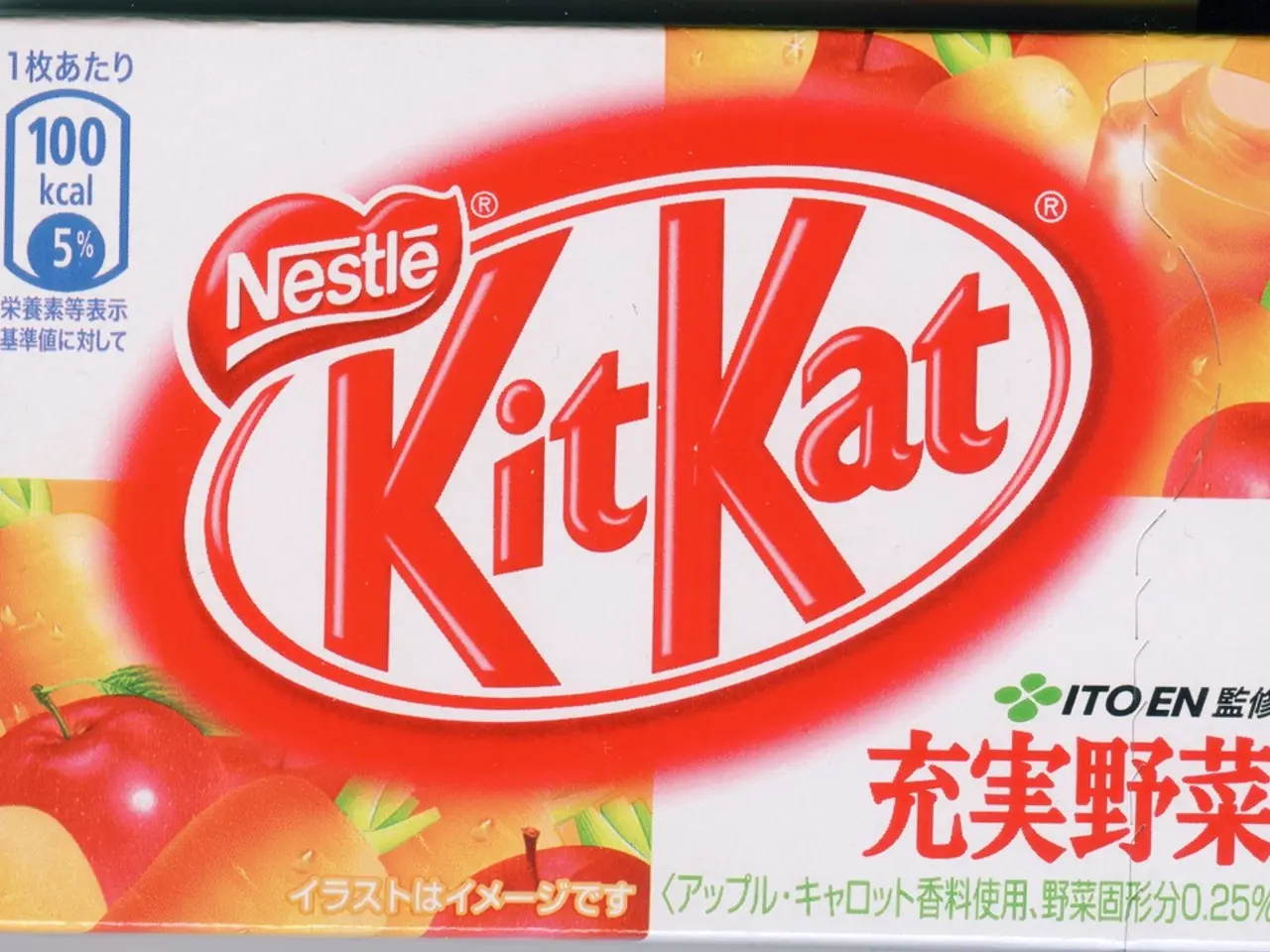The issue with the flavor of water contained in PET bottles.
In a recent statement, the Bavarian Consumer Center has highlighted the potential issue of acetaldehyde leaching from PET bottles, which can cause a sweet taste in water. Acetaldehyde, a chemical, can leach into water from PET bottles, especially when they are left in direct sunlight or a hot car.
However, the Federal Institute for Risk Assessment (BfR) has reassured that the measured amounts of acetaldehyde in water are well below legal limits, posing no expected health risk. Nevertheless, the BfR and the Bavarian Consumer Center both stress the importance of taking action to prevent the release of acetaldehyde from PET bottles.
Daniela Krehl, an employee of the Bavarian Consumer Center, advises against leaving PET bottles in direct sunlight or in a hot car, as heat can promote the release of acetaldehyde. If you notice an unusual taste and smell in your water, it is a quality issue that can be addressed by returning the bottle to the store.
The Bavarian Consumer Center provides guidance on how to prevent the release of acetaldehyde from PET bottles. One effective strategy is to control storage temperature. Higher temperatures significantly increase the release of aldehydes like acetaldehyde from PET bottles into the water they contain. Therefore, storing PET bottles at lower temperatures reduces acetaldehyde leaching.
Industry practice also often uses coatings or multilayer structures that limit the migration of acetaldehyde from bottle walls into the packaged liquid. Additionally, incorporating additives or stabilizers during bottle production can potentially lower acetaldehyde generation.
For manufacturers, it is required to prevent leaching of acetaldehyde through technical measures such as using substances that bind acetaldehyde in PET. The BfR suggests that such technical measures should be implemented to prevent acetaldehyde leaching from PET bottles.
In conclusion, the most practical method to prevent acetaldehyde leaching from PET bottles is ensuring lower storage temperatures and potentially applying stabilizing additives or barrier layers during bottle production to inhibit acetaldehyde formation and migration. By following these guidelines, consumers can help ensure the quality of their drinking water and reduce the risk of acetaldehyde leaching from PET bottles. If you encounter any issues, do not hesitate to return the bottle to the store.
- Maintaining lower temperatures during storage can effectively prevent the leaching of acetaldehyde from PET bottles, as higher temperatures significantly increase its release.
- The use of coatings, multilayer structures, additives, or stabilizers during bottle production can potentially limit the migration of acetaldehyde from PET bottles into food and drink, improving the health-and-wellness and lifestyle aspects related to nutrition and food-and-drink consumption.
- To ensure the science behind the production and use of PET bottles maintains a high standard, manufacturers should implement technical measures like using substances that bind acetaldehyde and inhibit its formation, following the recommendations by the BfR.




